
by Gideon Marcus
It's been another exciting month in the realm of spaceflight. We're between crewed missions, what with Voskhod 2 and Gemini 3 having flown in March and the next Gemini due in a few days. Nevertheless, it has been a field day for robotic spacecraft, with a number of civilian and military packages booking passage aboard a plethora of satellites. Take a look:
The Shape of Things that Came
Yuri Gagarin soared into history in April 1961, becoming the first human space traveler. His face became known worldwide. His spacecraft, on the other hand, remained shrouded in mystery. For four years, the shape of the Vostok capsule remained a secret, with only a few dubious artists' conceptions offering any clues to its configuration.
That changed suddenly last month when the Soviets displayed the complete Vostok spacecraft at an exhibition in Moscow. Now we know that the fanciful cylinders and bullet-shaped craft were completely off the mark — Vostok was spherical.
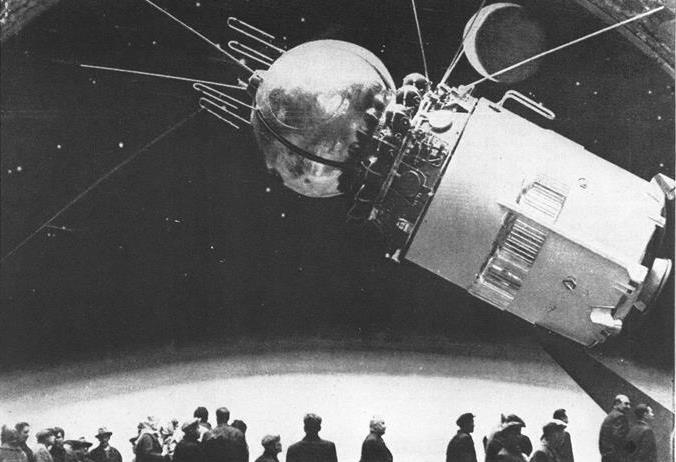
This is significant. A sphere is a simple shape, mathematically, and it is not hard to weight a ball such that one end always points down. In the Vostok, that point is where its heat shield was mounted. A similar concept was employed with America's Mercury capsule, but the back end of the Mercury is only a small arc of a circle. That's because American rockets were too weak to loft a full sphere. Vostok is clearly a much heavier spacecraft than Mercury, and this suggests that the Soviet Vostok rocket was much more powerful than the Atlas and certainly the Redstone that lofted the first astronauts.
The unveiling of Vostok affords us a look into a completely different space program, too. Earlier in the year, American intelligence determined that the Vostok had been turned into a spy satellite. Instead of cosmonauts, the new Vostok carries a camera. After a week snapping pictures in orbit, the capsule parachutes to Earth, and the film is developed. It's an elegant repurposing, though it has to be more expensive than the American analog, Discoverer.
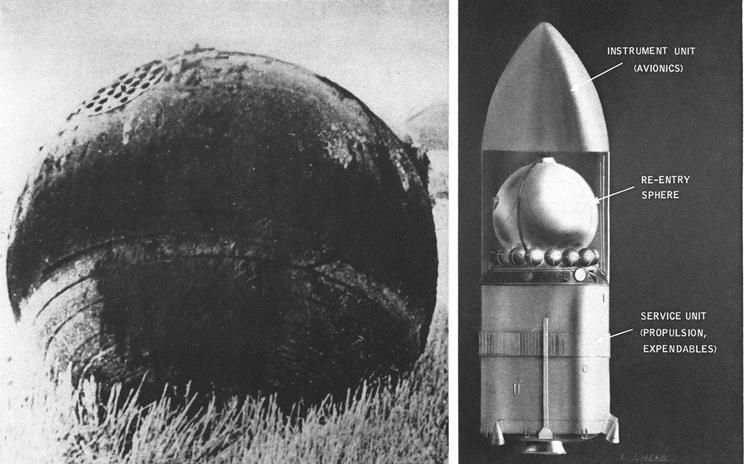
While the Soviets do not announce their spy missions, it's not too hard to figure out which of their Kosmos "science satellites" are probably spy Vostoks. Their orbits, sweeping them over Western targets of interest, and their short lifespans on the order of a week give them away. In just the last two months, it's likely that Kosmoses 64, 65, and 66 were all spy satellites. In a few days, we'll know if Kosmos 67, launched on May 25, is also a space shutterbug.
Softly, softly
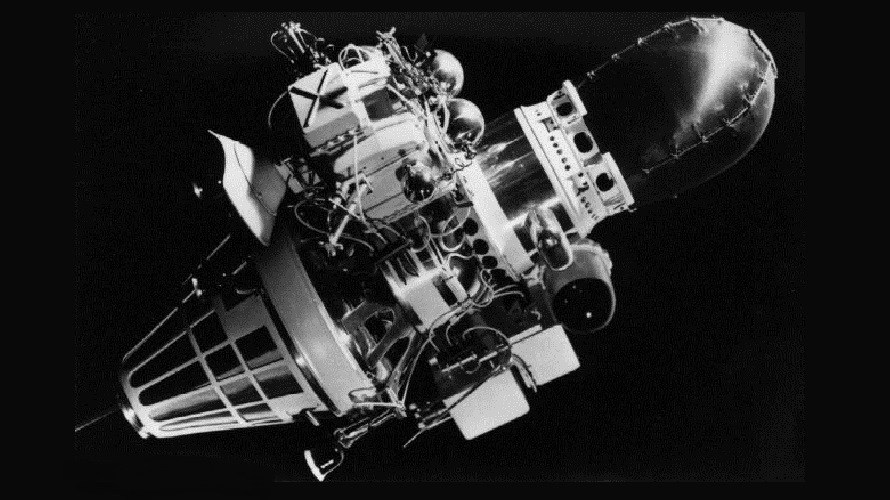
Another probe about which the Soviets are being less than forthcoming is Luna 5. Launched on May 9, the ton-and-a-half spacecraft was headed for the Moon. Reportedly, it conducted a mid-course maneuver on May 10, directing it toward the Sea of Clouds — which it hit at 10:10 PM, Moscow time. Per TASS, "During the flight and the approach of the station to the moon a great deal of information was obtained which is necessary for the further elaboration of a system for soft landing on the moon’s surface."
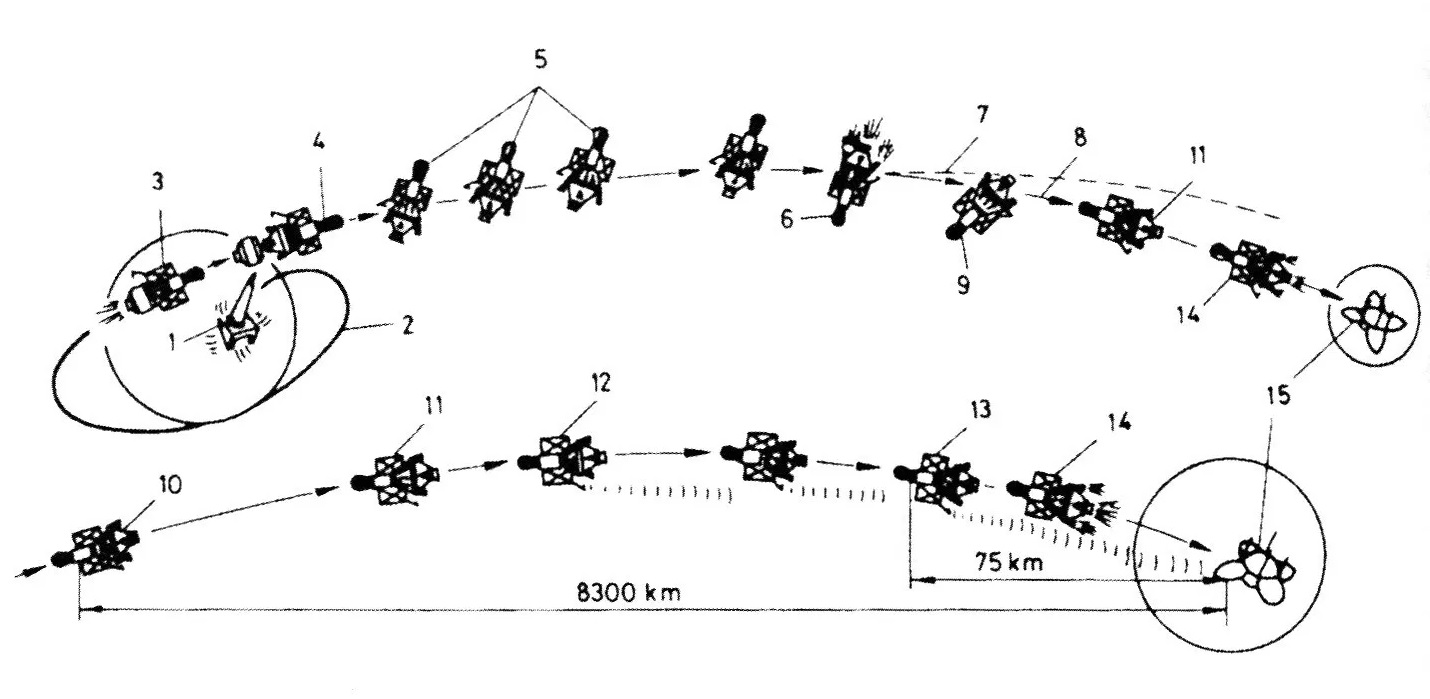
That might lead one to the conclusion that Luna 5 was the Soviet version of Ranger, a TV probe designed to take pictures until it crashed. However, Western observers using telescopes saw the plume of dust that one would expect accompanying an attempt at a soft landing. That such a landing did not occur suggests that Luna 5 was supposed to be an equivalent of our Surveyor, set to launch next year, and that things did not go as planned. The lunar race thus remains neck and neck.
Exploring, Communicating
The last month saw two more entries into the Explorer series: Explorer 27, launched April 29, is a windmill-shaped little satellite that will measure irregularities in the Earth's shape; a secondary mission is probing the ionosphere.
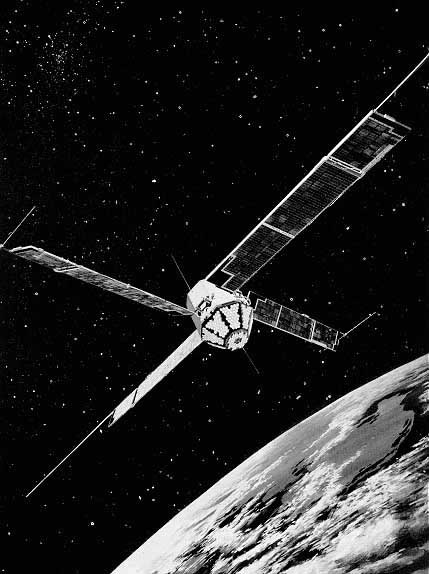
Meanwhile, Explorer 28 was launched on May 28, and is the latest in the Interplanetary Monitoring Probe series, along with Explorers 18 and 21. All three craft have high, eccentric orbits that allow them to thoroughly map Earth's magnetic field, though Explorer 18 went kaput earlier this month.

As we saw with last month's flight of Intelsat 1, space-based communications are now a fact of everyday life. The USSR has now gotten in on the act, following up the flight of Early Bird with their own first satellite called Molniya, launched April 22, 1965. It has a high, 12-hour orbit, not quite geosynchronous, designed to service the high latitude residents of the Soviet Union during the daytime. European nations have already requested use of the Molniyas; they feel that the "international" Intelsat corporation too strongly favors the United States.


Finally, the Air Force's second "Lincoln Experimental Satellite," launched May 6, has been a success. This next-generation communications satellite tests new technologies that will allow it to service hundreds of users at a time. Its predecessor, LES-1 launched February 11, failed to fire its onboard engine that would kick it from its initial low orbit. LES-2 had no such problems, and its orbit takes it more than 9000 miles above the surface of the Earth.
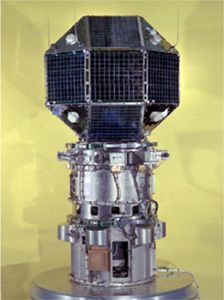
Of course, being a military satellite (as opposed to Telstar, Relay, and Syncom), it is possible that we civilians won't see immediate benefits, but I suspect they will trickle down in good time.
Another step Moonward
May 25 marked the ninth successful launch of the Saturn rocket, possibly the biggest rocket on Earth. At its tip were boilerplates of the Apollo Command and Service Modules. But these mock spacecraft weren't the stars of the show: inside the cylindrical Service Module was a giant satellite, the second Pegasus. Appropriately adorned with a pair of enormous wings, Pegasus will stay in orbit for years measuring how many micrometeoroids our astronauts are likely to encounter on their way to the Moon.

The reliability of the Saturn is truly remarkable. Remember the early days of the Space Race? Chances were 50/50 then that any given rocket, Atlas, Juno, or Vanguard, would blow up on the launch pad, tilt off course, or otherwise fail. We're now in an age of maturing space travel. If Gemini's Titan rocket continues to do as well as the Saturn, I do believe that, by the 1970s, everyday citizens like you and me will be able to get tickets to ride into space.
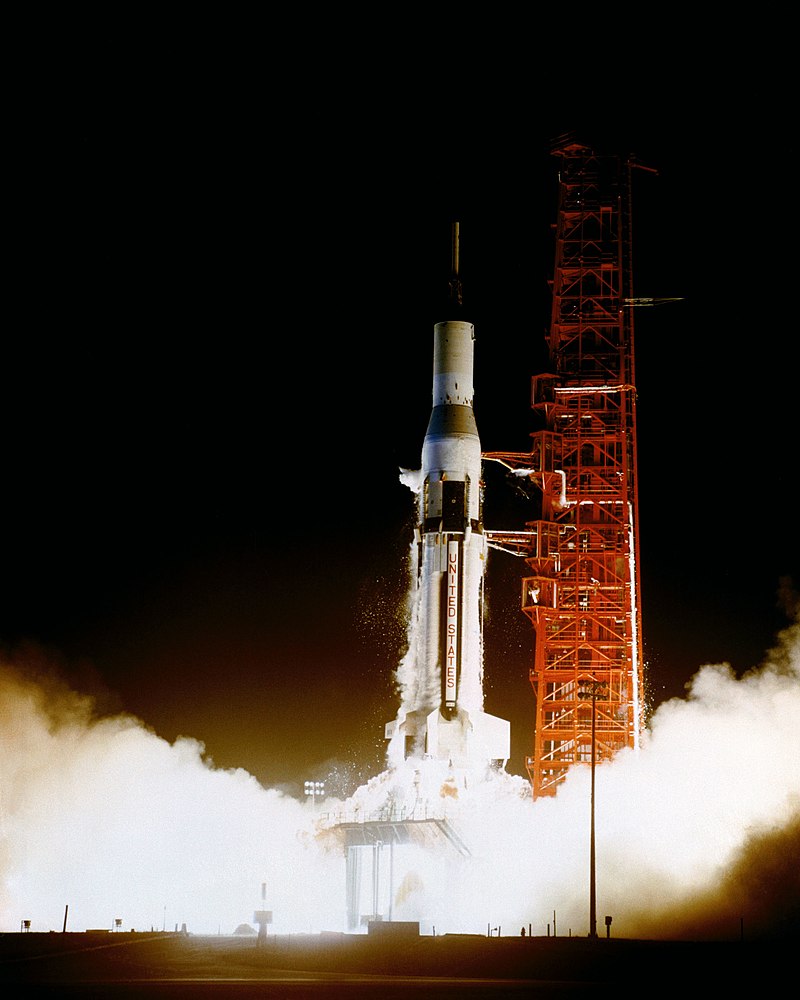
This week's Journey Show is a special Space Race episode! Don't miss it!

![[May 30, 1965] Ticket to Ride (May space round-up)](https://galacticjourney.org/wp-content/uploads/2020/05/650530pegasus2-672x372.jpg)
